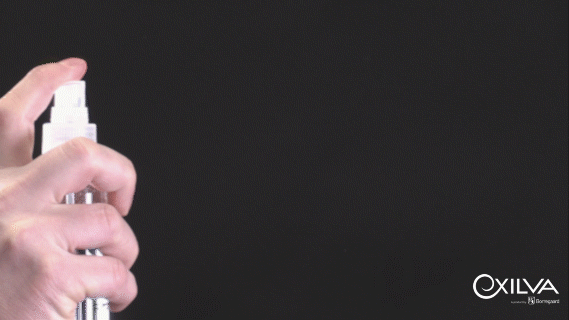
Why cellulose fibrils (microfibrillated cellulose) will make a difference in coatings
Ole Martin Kristiansen | January 29, 2019
Coating performance is often very complex, and can depend on the coating system itself, substrate to be coated, conditions during coating etc. Increasing the performance is often a lengthy process with multiple tests on wet paint performance and dried coating performance. Key aspects of wet paints can be control of rheology, and for solid coatings the ability to improve endurance. Are there technologies available for aiding on the key aspects? For sure. Are there new sustainable additives which can improve the new water borne technologies? Let me show you an example of exactly that in this blog post.
Spray coatings requires specific rheological functionalities and are often sensitive to sagging. They are also increasing heavily in popularity, passing on increased requirements to the additives. Imagine when re-painting the Golden Gate bridge in California, for instance, the cost effectiveness of spray-coating it and avoiding the work and paint of one extra layer due to increased control of rheology, coverage and anti-sag. Several additives have improved the performance of paints and coatings, but are there any new tools to achieve this? Well yes, in cellulose fibrils and the microfibrillated cellulose (MFC), I see this potential, and will try to explain why. In addition, the MFC technology is highly sustainable, which makes it a very good alternative for future formulations meeting regulations on VOC or requirements on water borne systems. Some of my point is made by the example below, showing the spray pattern with HEC, Xanthan and MFC (Exilva from Borregaard);

Thicker layers? How can I achieve that?
One way to reduce layers of coating and thus the costs is, of course, to increase your coating's thickness. It is not always true that thicker coatings protect better (and thicker coatings also comes at a cost), but in many cases it is. I have personally witnessed the potential achieved with cellulose fibrils and MFC, and this is how it works:
- Coating with MFC is highly shear thinning. However, after application of the coating, the viscosity recovery is fast to prevent sagging. In spray coatings (and all other viscous liquids you want to spray) the anti-sag performance gives producers an opportunity to increase the coating thickness.
- Moreover, with MFC, the spraying ability of the coating is so good that the paint viscosity can be high. This way, you can increase the film thickness by increasing the particle load of the coating.
- The MFC network formation distributes forces in the coating's surface and enables it to dry at a controlled rate, (the water retention characteristics/water holding capacity) preventing cracking.
Why thicker one-layer coating can be more effective
Many producers of end products, such as automobiles, want to decrease the number of coating stages to make the production more efficient. To achieve that new types of coatings are required, which can make thick enough layer with one spraying. A coating formulation supplier and producer, Covestro, has introduced a new technology for coating plastic parts with one layer only. There are several benefits to the method according to Covestro: It can decrease energy consumption by 15% and CO2 emissions by 10% compared to the current best practices. I can hardly argue; If you can save for instance 20% of the work hours, 30% of the coating, and improve the end performance, it is a no-brainer. The data are convincing.
In “Durable Bridge Coatings” Eric S. Kline describes very well the challenges and opportunities related to coating bridges. The data presents a saving, compared to the “Gold standard” three coat system, of 0,50 USD/sq ft. When talking about bridges of the size of the Golden Gate and similar, the cost performance is more than evident. By using less number of coats, there are also excellent opportunities to contribute to less stress on the environment. The Society for Protective Coatings also presents the idea of a one-coating system as a way to reduce costs and painting time.
So where does MFC fit into all this? Its effect on rheology is evident in two areas:
- Shear thinning makes the coating easy to spray
- Quick viscosity recovery prevents sagging problems.
One can even see unusual abilities related to anti-cracking, where many coatings suffer today. Take a look at the tests conducted by Borregaard, for instance. Theoretically, the network of microfibrils should be able to distribute forces in the coatings surface and, at the same time, give strength effects due to the fibrils.
So, if you are interested in more information and material on this new technology, download the bulletin on a formulated low VOC Epoxy 2K spray coating, containing the microfibrillated cellulose (Exilva from Borregaard).
